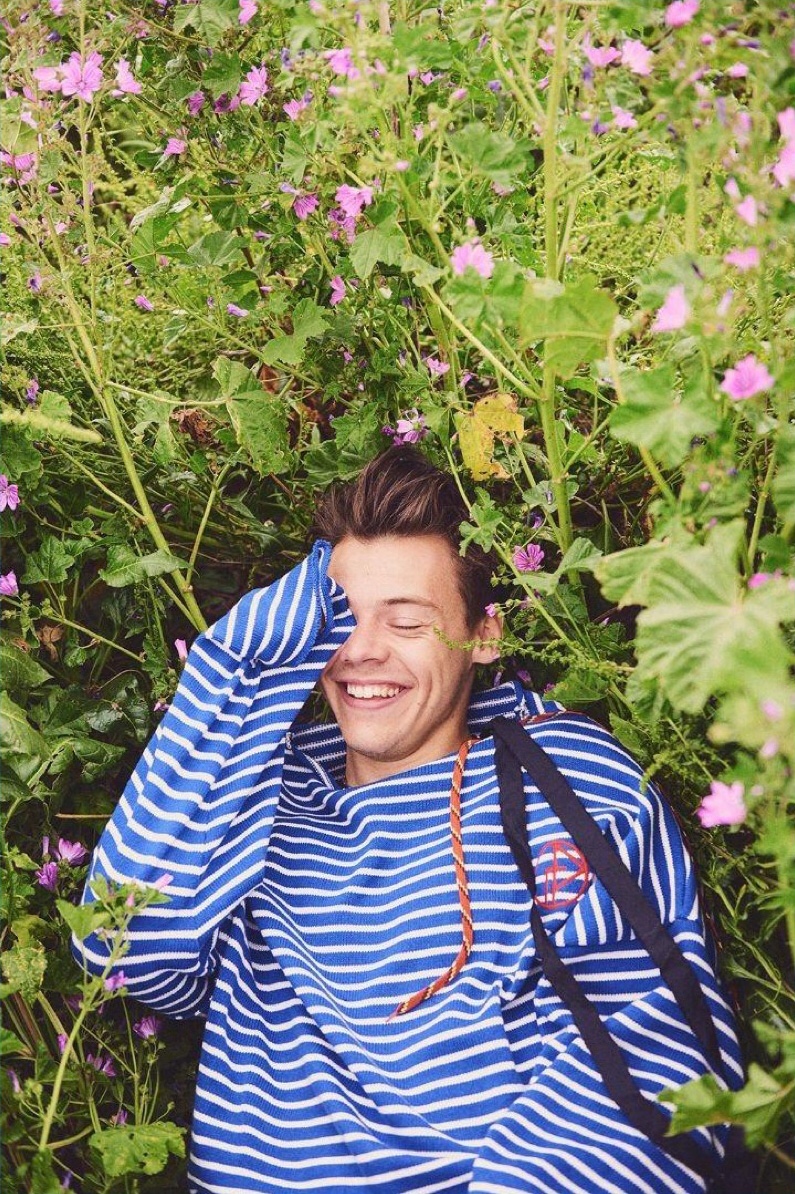Being a student myself, violence in schools seemed like a more personal topic at first. I have witnessed and experienced verbal and mental abuse in my life so it felt like this topic may be easier to understand. However, while watching the documentary and reading through the article, I realized I have only seen a fraction of what truly happens in schools. The results of CBC’s surveys are absolutely heartbreaking: 41% of boys are physically assaulted in high school, 26% of girls experience unwanted sexual contact and 50% of students do not report the abuse witnessed or experienced. (https://www.cbc.ca/news/canada/school-violence-editors-note-1.5331402). Why is it that these numbers are so high? Why is it that these incidents are happening over and over again? I could not begin to wrap my head around the fact that so many children are being harmed; I felt the same shock as some of the unaware parents from the documentary!
I started thinking about the bullying boys experience first. Jayden Trudell was attacked by fellow students on school property and suffered horrendous injuries. After taking lots of time off from his studies to focus on recovery, the boy made it back to school. When asked in the documentary if he felt safe, even with his attackers gone, he simply replied no. The school did their part in expelling the bullies given the violent nature of this attack but did not seem to have changed their overall procedures for victims. Jayden still feels unsafe while trying to learn and has taken up boxing in a way to defend himself. This ONE case shows us two things: boys will continue to be violent and schools will continue to not do enough. The documentary included a few sentences that other victims of violence have said. The one that stood out to me was the boy who went to his administration for help and was told to “toughen up”. (https://gem.cbc.ca/media/marketplace/season-47/episode-4/38e815a-011d8f47088). This phrase is one that we have seen and heard over and over again in our class. Boys are taught from a young age to behave a certain way to avoid seeming weak. I believe that school boards are enabling these damaging behaviours all under the umbrella saying of “boys will be boys”.
In Kilmartin and Smiler’s “Defining Men’s Studies”, we learnt about the set of traits and roles of men in the United States. I believe that this would also include Canada since the two share the same Western culture. In terms of behaviours, men are supposed to be: tough, dominant, competitive and take control. We also learnt that the few acceptable emotions to display are anger and lust. High school is a very defining time in boys and girls lives. It’s a place where you can quickly climb and fall down a “social hierarchy”. The boys who play sports are seen as popular whereas the boys who are in other clubs, for example, would not have the same status. This fits right into the author’s box of “status and achievement” (Kilmartin and Smiler, 5). Winning, whether it’s in a fight, on the field or over a woman, has been taught as a very important thing to these boys. Fighting each other establishes dominance and because people have been ignoring the issue for a long time, they continue to give boys slaps on the wrists and excuse it with “you know how boys are”.
I mentioned the idea of “winning” a woman in the previous paragraph and this is where the violence of young girls in schools comes into play. Boys in high school try to “get” the girls and unfortunately many young women fall victim to sexual violence. ¼ girls face unwanted sexual touching or grabbing AT SCHOOL and 1/7 girls say they have been sexually assaulted by fellow students. (https://gem.cbc.ca/media/marketplace/season-47/episode-4/38e815a-011d8f47088). These numbers are absolutely jarring. In the documentary we see that 3 separate girls came forward in identifying a male student as their rapist and the school suspended the boy for 2 days. These girls now had to continue going to school with a person who harmed them in a terrible way, this is not fair. They should not have to be scared to go learn and acquire their education. School boards need to step up in protecting their female students against male students. Boys need to have the man boxed their taught dismantled because it allows room for these toxic behaviours to sprout. Schools need to do a better job at helping and BELIEVING women when they come forward. They also need to do a better job at allowing boys to come forward with their physical violence. We must normalize letting men talk about their pain and abuse and not respond to them with “man up”.
I constantly think about the episode of Justin Baldoni’s “Man Enough” that we watched in class. There were grown men sitting together acknowledging that change needs to happen in our society because the culture we have is TOXIC. Although the self reflecting and discussions they had were great, this type of realization needs to happen years earlier. School boards have to acknowledge the role they play in changing as well. If students felt more comfortable with coming forward and actually saw change in procedure, bullying and assault would slowly become less frequent in schools. Change needs to start somewhere and a good place to look has to be letting boys act however they feel and stop enforcing roles onto them. We also can’t push girls aside, more support needs to be offered for victims and we need to do much better at providing protection. Same goes for male victims of physical assault and sexual assault. The fact that they would come forward shows that they have exponentially more strength than their attackers and this needs to be recognized not ignored. The Marketplace documentary shed light on the huge amount of violence in schools; society needs to learn that violence is not an excusable course of action.

